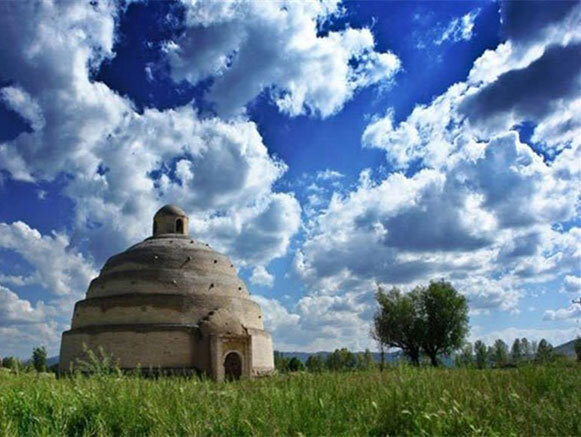Qajar-era Yakhchal to undergo restoration

TEHRAN –The Qajar-era (1789-1925) Mir Fattah Yakhchal (ice storage) in the city of Malayer, west-central Hamedan province, will undergo some rehabilitation works, the deputy provincial tourism chief has said.
A budget of 15 billion rials ($30,000) has been allocated to the project, which is scheduled to be carried out within two weeks, Atabak Safari explained on Sunday.
The historical structure, which is one of the unique tourist attractions of the region, has undergone several restoration projects over the years, the official added.
When there was no electricity, no refrigerators, and no appliances, people kept a huge amount of water next to the high walls of Yakhchal, which cast a shadow that kept the water cool.
The water turned into ice during the wintertime. Then people cut the ice into many portable parts and put them in the ice house and covered the surface of the ice with special local grass.
This structure is built high to minimize the contact of warm air with the ice surface as the warm air floats upwards. The feature of the ice storage was essential to its functioning.
There were also wells behind the ice storage with a connective canal at the bottom of the ice storage to the wells with a slight slope.
When people piled up the ice, a little amount of water remained under the heap of ice. If the water was not removed it would make the rest of the ice melt. By channeling the water into the well, not only did they prevent the ice stored in the ice house from melting, but also they had cold and tasty water during summer months when the weather went up to 40 degrees Celsius.
Known in classical times as Ecbatana, Hamedan was one of the ancient world’s greatest cities. Pitifully little remains from antiquity, but significant parts of the city center are given over to excavations. Ecbatana was the capital of Media and subsequently a summer residence of the Achaemenian kings who ruled Persia from 553 to 330 BC.
ABU/AM
